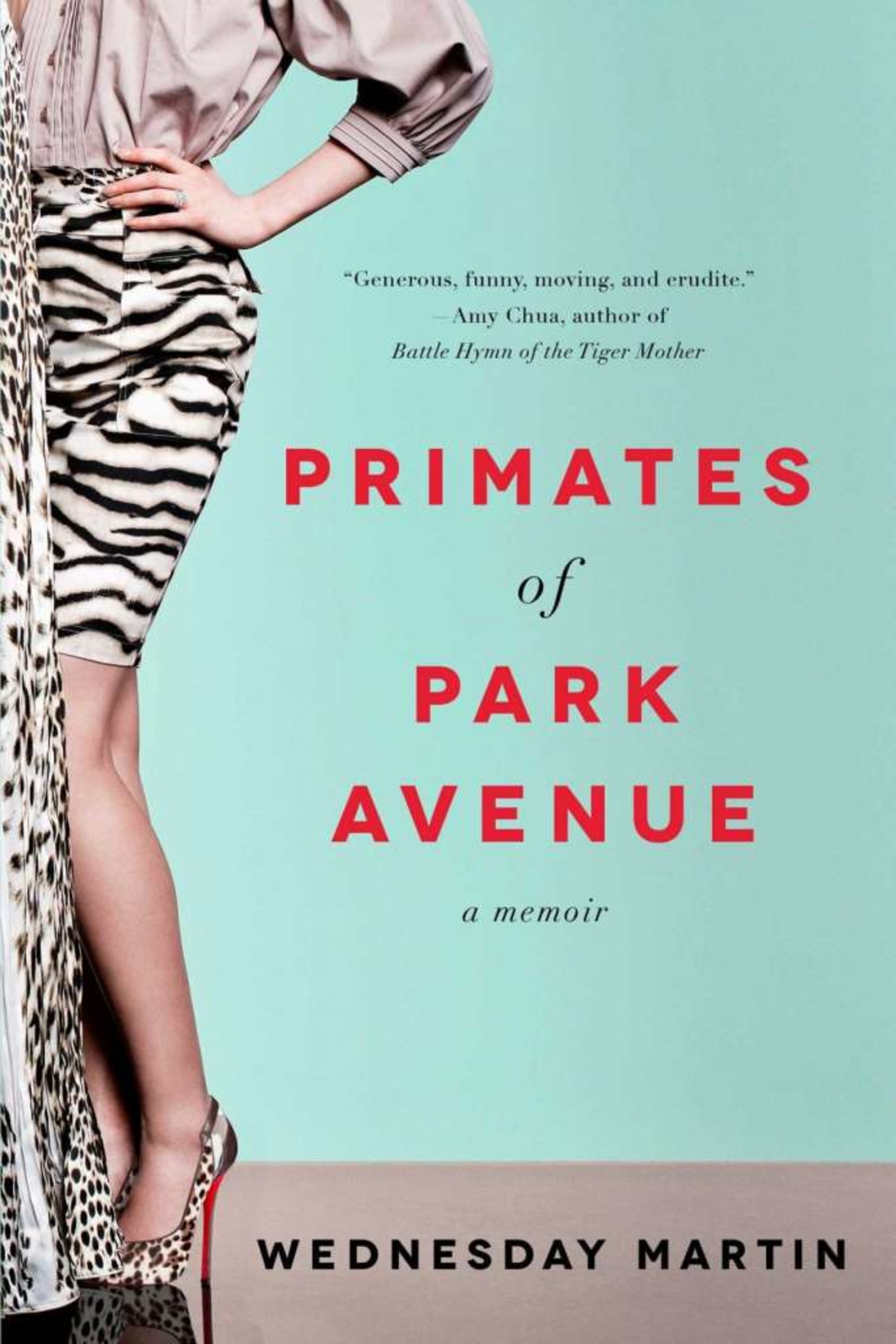Book review: 'Primates' under the microscope
Primates of Park Avenue
by Wednesday Martin
When Wednesday Martin moves with her husband and toddler to Manhattan's Upper East Side, she experiences cultural shock. It is a socially and culturally opposite environment from The West …
This item is available in full to subscribers.
Please log in to continue |
Register to post eventsIf you'd like to post an event to our calendar, you can create a free account by clicking here. Note that free accounts do not have access to our subscriber-only content. |
Day pass subscribers
Are you a day pass subscriber who needs to log in? Click here to continue.
Book review: 'Primates' under the microscope
Primates of Park Avenue
by Wednesday Martin
When Wednesday Martin moves with her husband and toddler to Manhattan's Upper East Side, she experiences cultural shock. It is a socially and culturally opposite environment from The West Village, her former location. She feels like a misfit, ignored and disdained by the clique of designer-clad, ultra-thin, perfectly sculpted mommies at her child's preschool. She finds them extremely mean, arrogant and aggressive, even vying on the sidewalk for dominance; one woman actually charges right by her knocking her aside with her $10,000 Birkin handbag. Wanting to assimilate and win acceptance, Martin becomes a keen observer of their style: in winter, sporty fur jackets by Givenchy and Yves Saint Laurent, complemented by leather and suede boots by Manolo Blahnik, Jimmy Choo, or Christian Louboutin; in summer, ballet flats by Lanvin, Chanel, or Chloe; in all seasons, bags by Celine, Gucci, Louis Vuitton, or Hermes, or the most coveted Birkin. In her frenzy to be recognized, she will resort to asking her husband for one as a special gift, only to find out that there is a 3 year waiting list. Even when her husband attempts to secure one in Hong-Hong and Bejing, it is the same. Martin does realize that she is succumbing to the "apex of frivolity" but still covets this costly accessory that she views as a sword and shield in this hostile world. ("You're drawn in even when you don't want to participate"). In an attempt to understand what is happening to her and also how these women became so superficial, she resorts to her earlier study of anthropology while in college and graduate school and begins to see them as primates vying for territory and power much like baboons. She refers to studies by prominent researchers, including David Lack, Barry Bogin, Anne Zeller, Kristen Hawks, Thomas Weisner, Karen Kramer, and Meredith Small, all of whom focused on various animal species. From this she begins to compare the rites and behavior of her East Side contemporaries with their animal sisters and even finds some humor in Jane Goodall's study of the chimps of Gomba. Goodall tells of focusing on a chimp she named Mike who managed to get his paws on two empty, discarded, metal kerosene containers with handles. With this, he came at the other troops, banging and swinging them like scepters. The other chimps were in utter awe of Mike, who remained dominant for 5 years. Both the chimps of West Africa and female Manhattanites have their tribal ways, as do those in the Amazon jungle or Mayan villages in Mexico.
You might be surprised to learn that when the author suffers a personal tragedy, some of these initially callous, unfriendly, and dismissive women will be the ones to soothe her, support her emotionally, and come to her aid. And this contrasting behavior leads her to recall the studies of primatologist Frans de Waal, as well as Sarah Hrdy, Kate Hinde, Robert Sapolsky, and Kristin Hawkes who also observed this compassion in animals who cared for each other when the need arose.
In "Primates of Park Avenue", Martin employs a very clever technique in equating the similarities between human and animal behavior, such as what factors cause anxiety, how participants compete for dominance, and how grooming and preening are used to attract mates. This should not be dismissed as a gossipy vengeful satire; it is a highly intelligent assessment of what she observed, and even willingly participated in, while she resided among them. The book is actually scholarly in its reference to so many authentic scientific studies and is both insightful and enlightening.
Donna DeLeo Bruno is a native Bristolian and a retired teacher of writing and literature. She now splits her time between Bristol and Ft. Lauderdale, Fla., where she gives book reviews at the local library as well as at book clubs and women's clubs. One of her pieces will be published in the fall edition of The Gooseriver Anthology 2015 (Maine).






